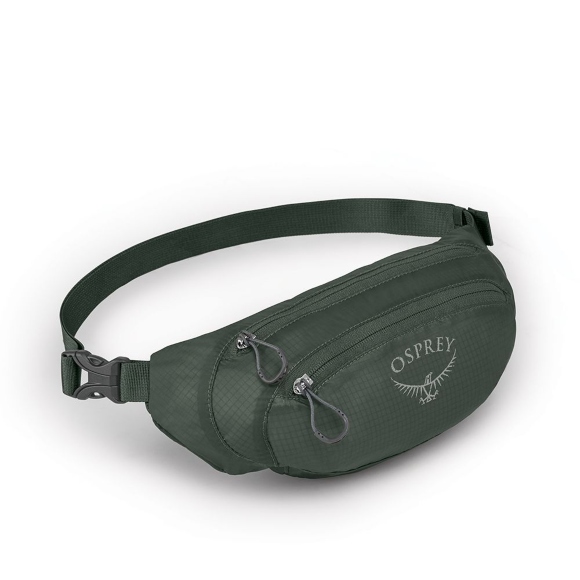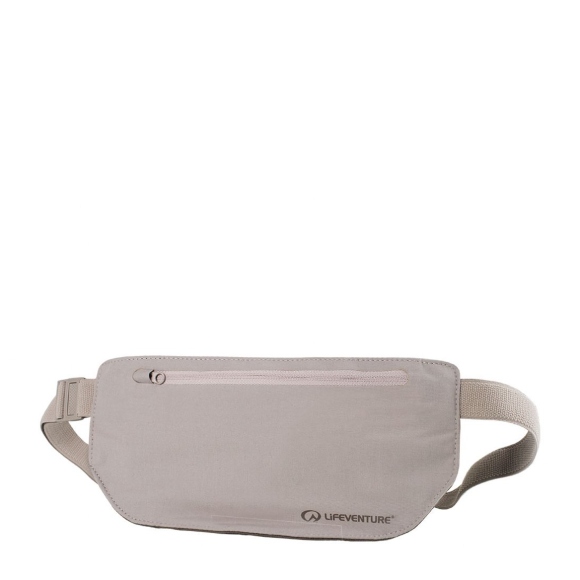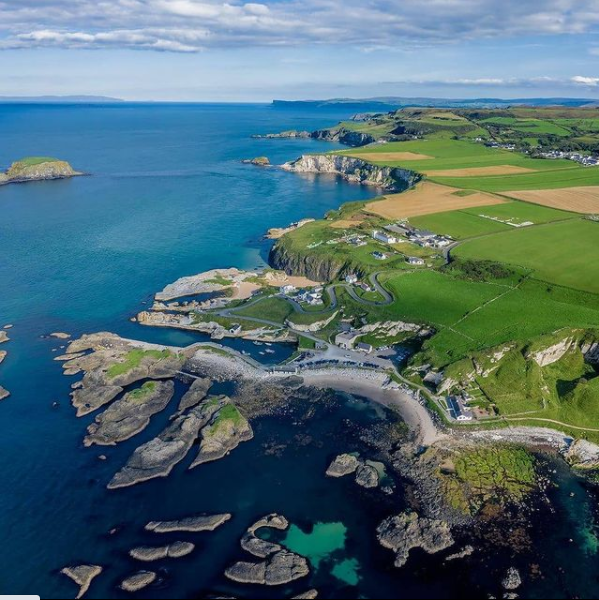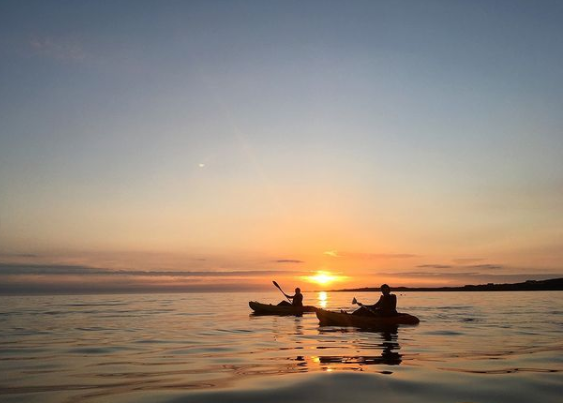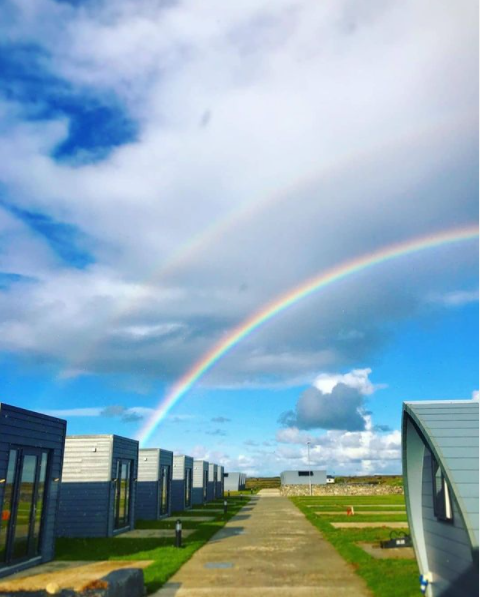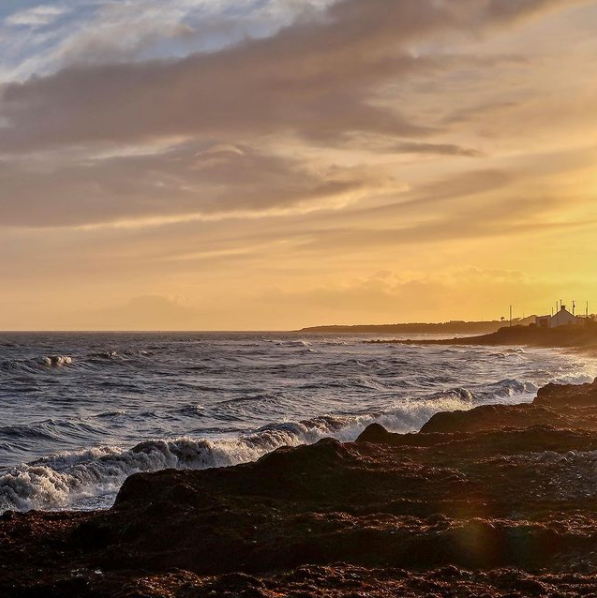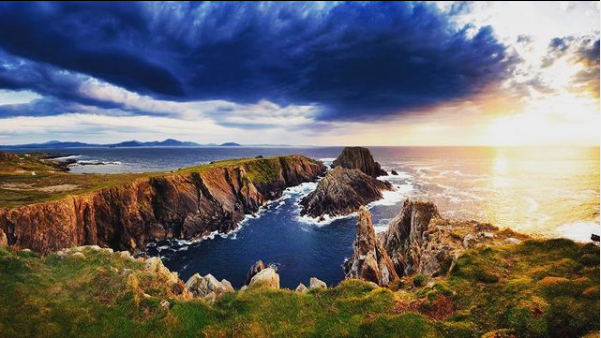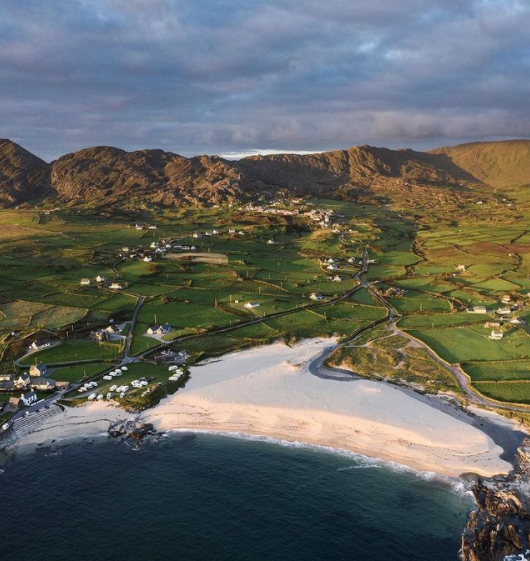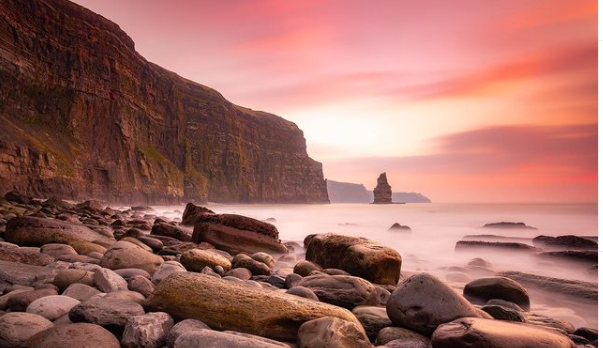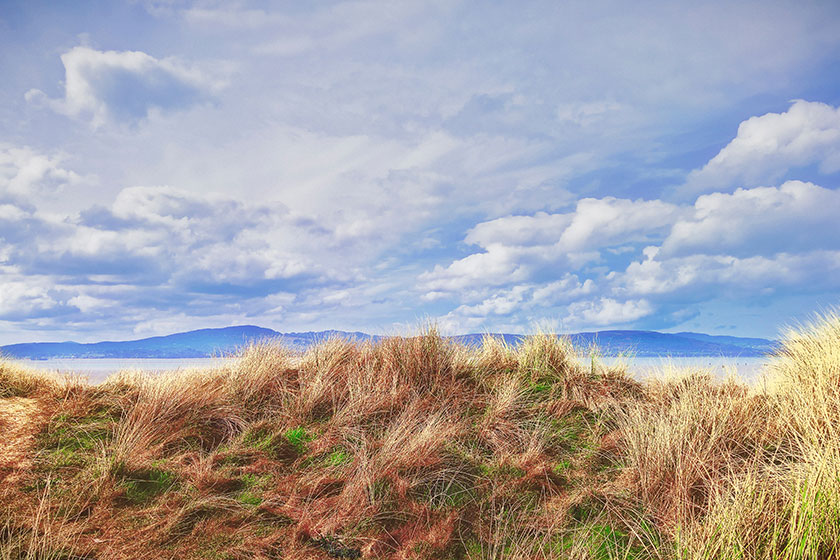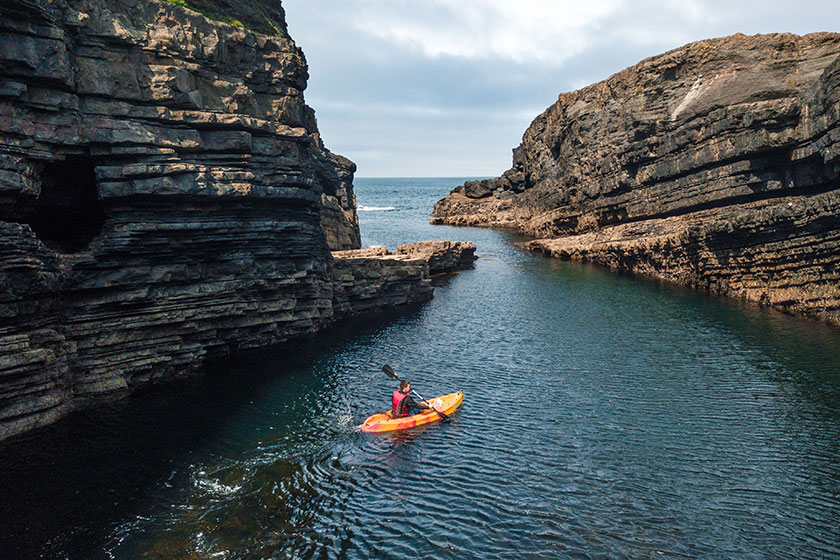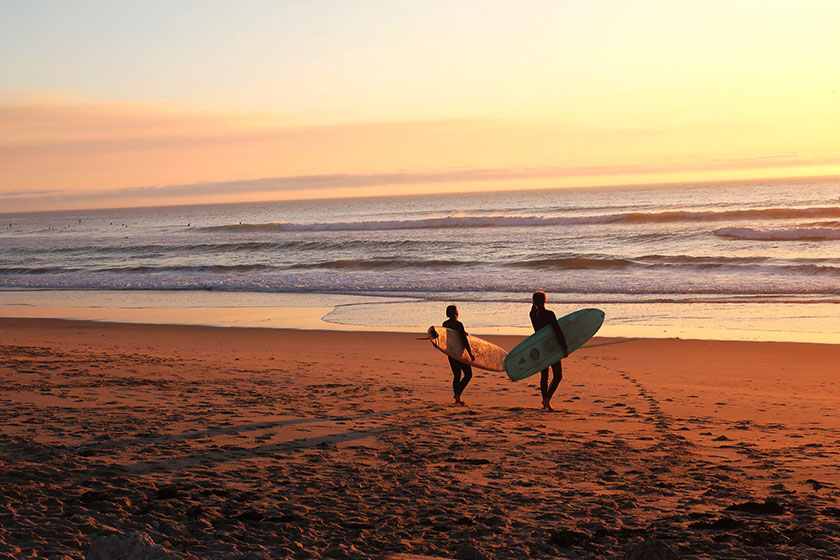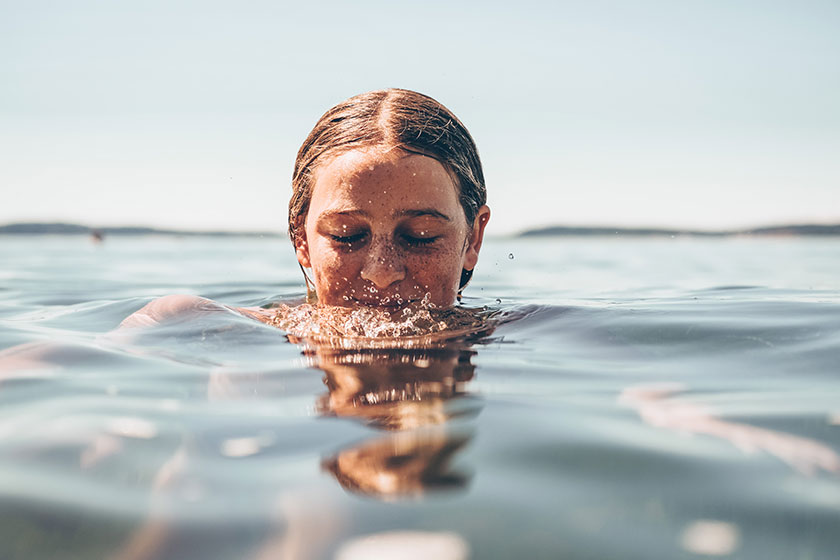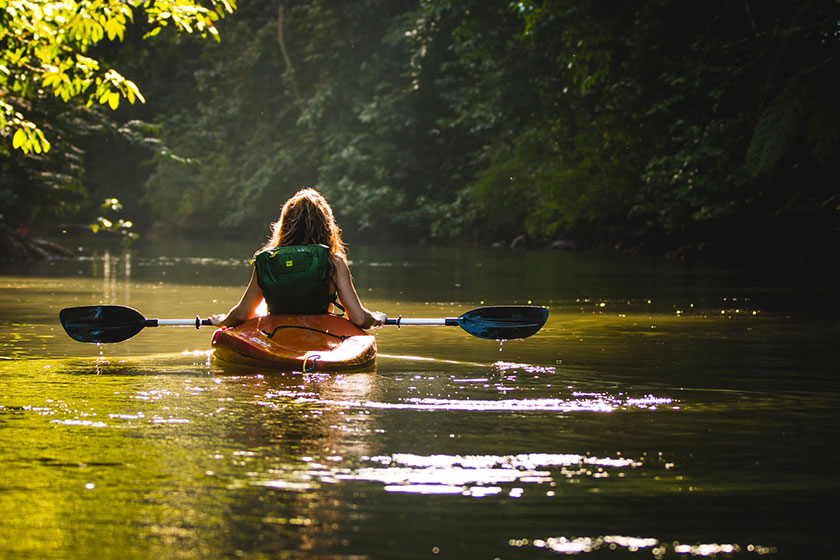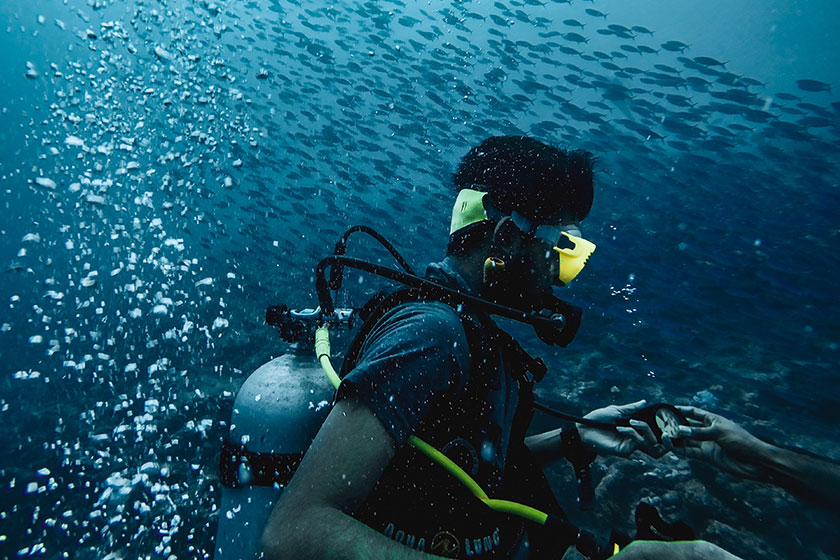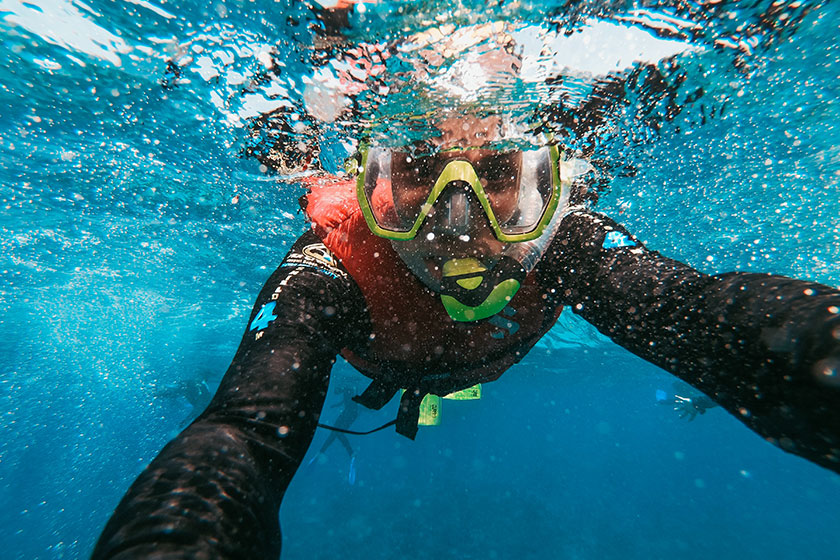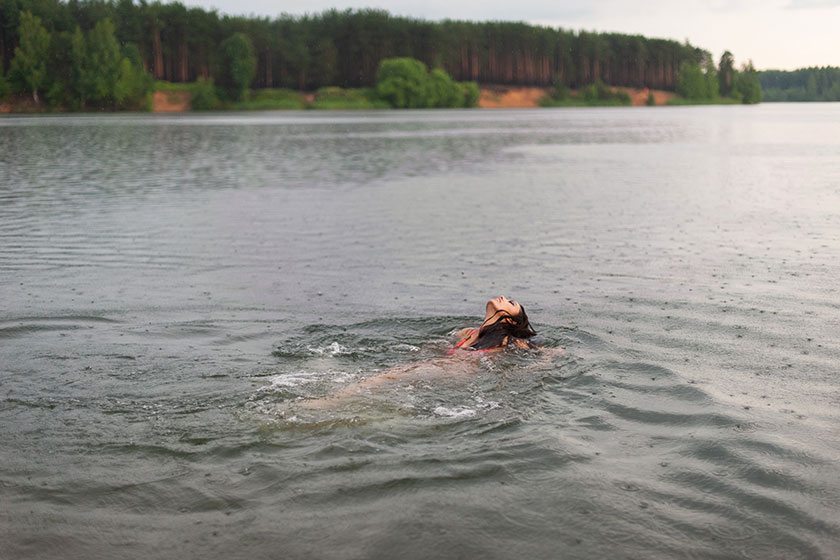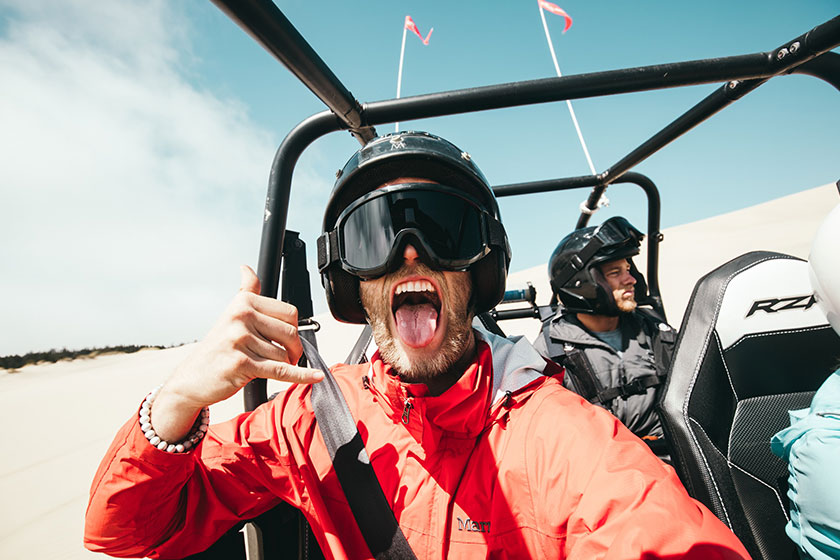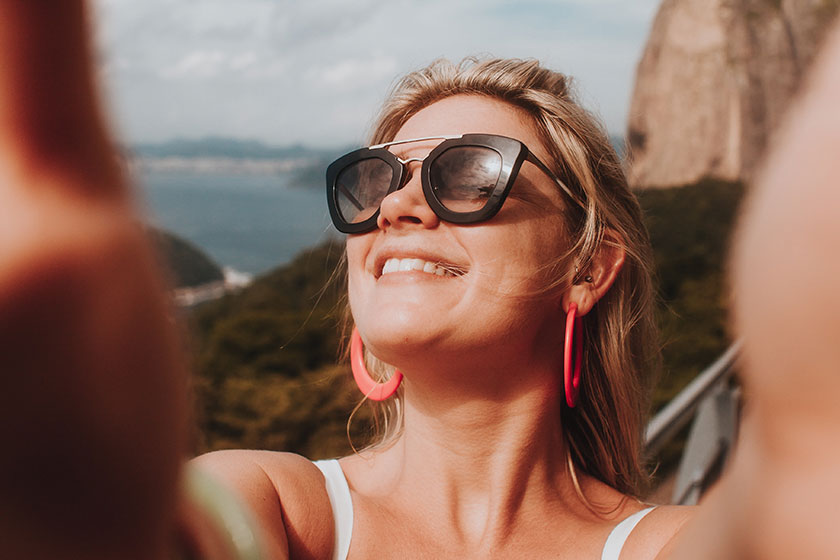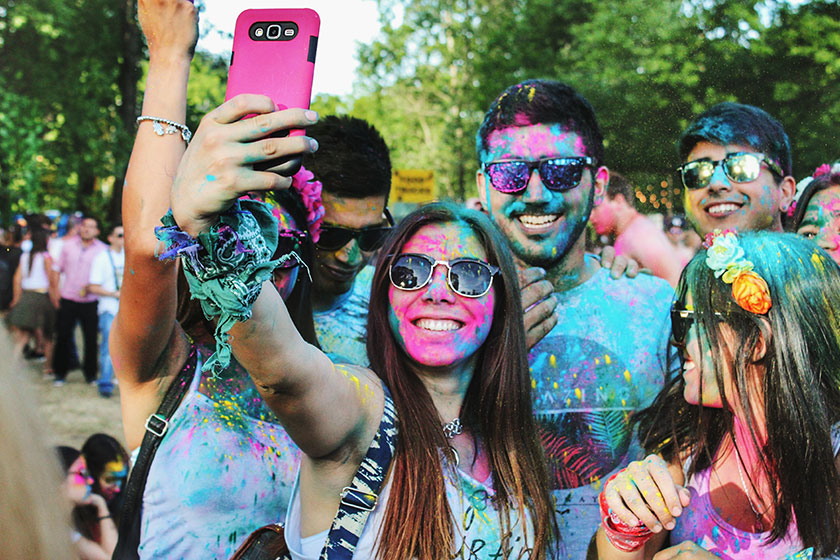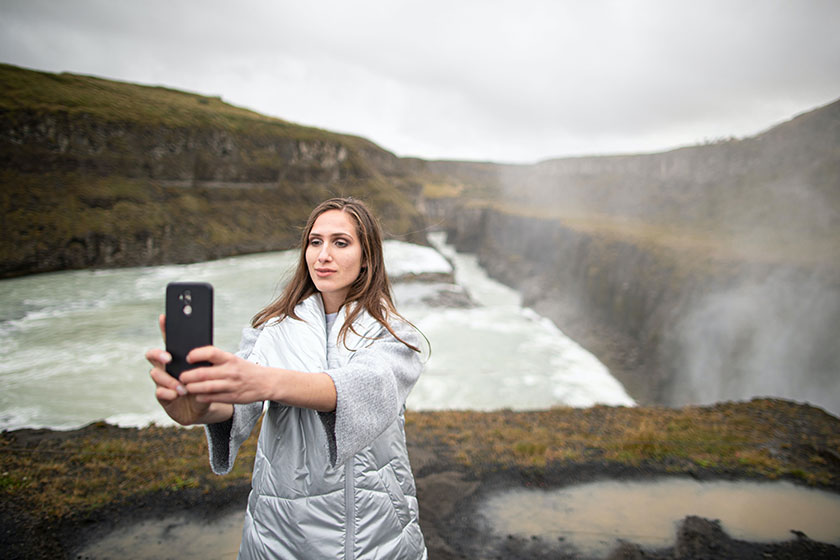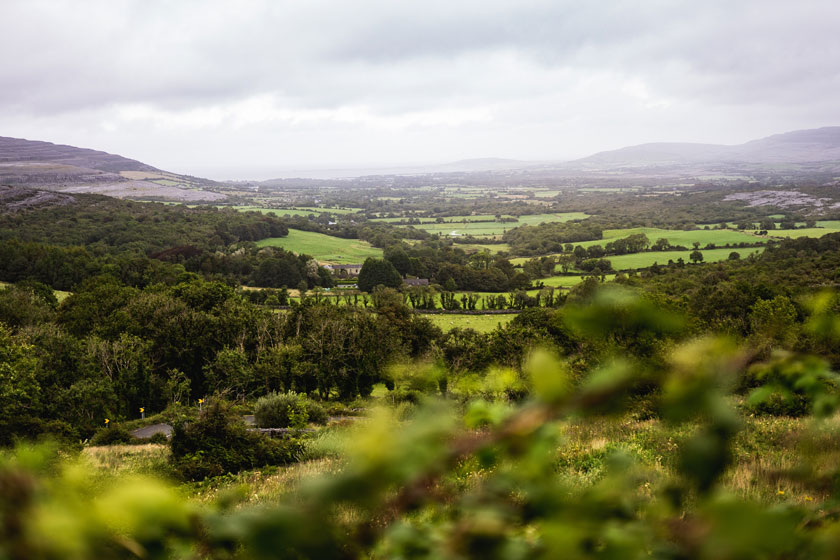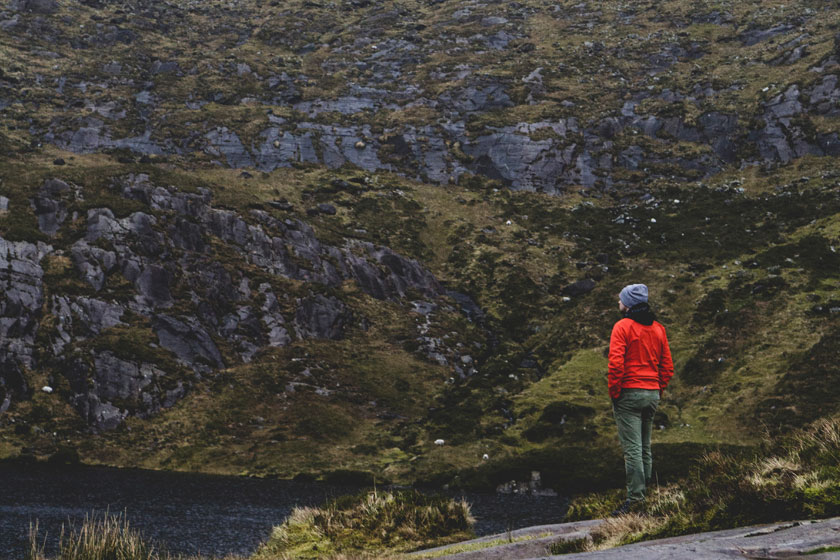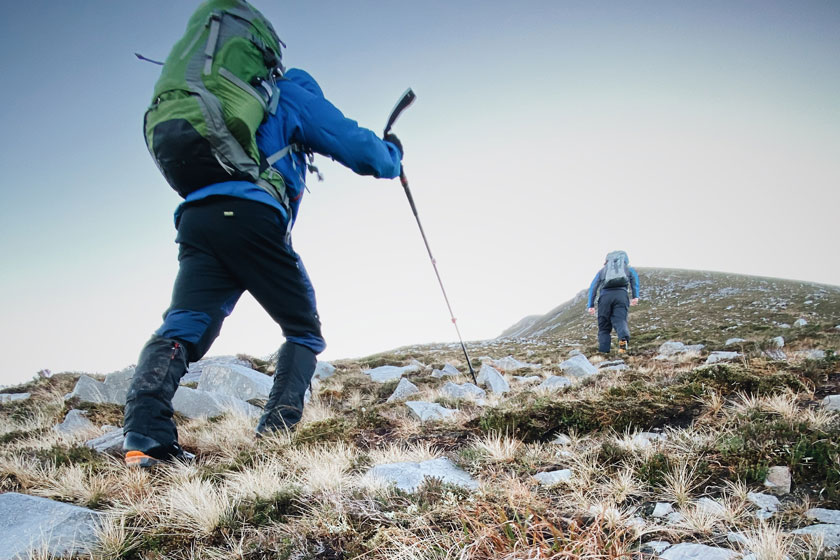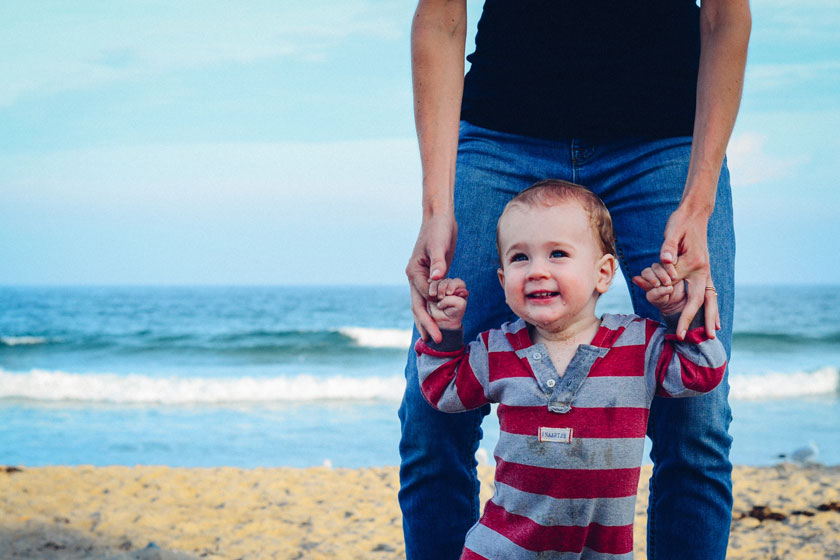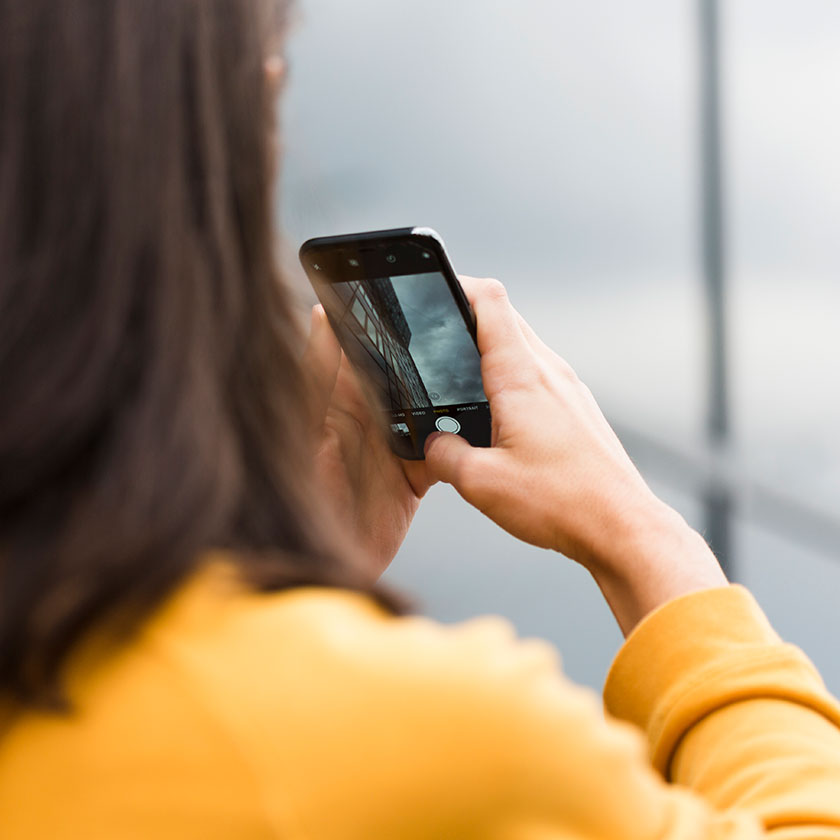
Some of us have been going on camping trips ever since we were little kids. We only had a few responsibilities while others took care of us. The first time you take your young children camping, you quickly learn how much work is involved in getting ready. This guide will help you prepare your kids for their first camping trip, including where to stay, what to eat, and what to bring along.
Camping is a different dimension than the one you remember when you were a kid
Most families use camping as a way to create fond memories for generations. Children’s camping trips are the kind of memories that can be passed down through generations.
But camping with kids is an entirely different experience than your childhood camping trip. As we age, we appreciate the effort that goes into our youth’s seemingly uncomplicated family camping trips.
Some parents are so overwhelmed with the responsibilities of camping with kids that they give up before even setting up a tent. Parents often ask themselves many “What if” questions, such as:
- Kids can’t sleep
- They come across a wild animal
- Hate camping food
- They are not having fun
Following these guidelines will ensure that your trip goes smoothly. When everything is planned and prepared, you can give all your attention to your children without worrying about whether or not you forgot something. If you want to take camping with your family to a higher level, include the children in the preparations. This way, you inspire children to appreciate the outdoors and look forward to their next trip.

How to choose the best possible campground?
Before leaving, you should choose a campground and a spot for your family camping trip. Remember to prepare your kids for their first camping by picking a campground oriented for families and a suitable campsite.
After settling on a campground, it’s time to choose a specific spot. Throughout your visit, you’ll be resting there. If you want to have a great time camping with your family, you should be as selective about your campground as you would be when choosing a new place to live. For simplicity’s sake, you should ensure that the campsite is close to the bathroom; in case of night departures. Additionally, try not to camp too close to the water for the safety of your children.
Your first night at camp
A million possible scenarios run through parents’ minds when planning a family camping trip. But for every problem, there is a solution. And, as we mentioned earlier, things will be challenging. But that’s what makes it an adventure. It’s essential to pack the camping gear and bring your gear with you, and the rest of that you can compensate in another way. The necessary equipment includes sleeping bags, as well as pads, blankets, and sheets.

Choose a tent that fits the size of your family
Tents are generally made according to how many people they receive. If you bring a tent for two people, it will be difficult for you. As an investment, you can buy a tent for three or even four people so that they can enjoy even greater comfort. Of course, remember things like sleeping pads, mattresses, or portable cribs.
Choose a camping bag according to the weather conditions in which you are camping
It is essential to choose the right camping bag. This means you choose a bag that suits the weather conditions you are camping in. For example, you will not take a bag for winter in sub-zero temperatures if you are camping in the middle of summer. Children can be nervous because of the heat, and if their sleep is disturbed, the nightmare begins for you.
When it comes to sleep, don’t be strict with your children. Let them stay up later than usual. Nothing is better than family stories before bedtime in front of a warm campfire.

Tips for preparing and enjoying meals while camping
Camp meals are often simple and back to basics. Children usually love the simplest options. Don’t worry about what the child will want to eat on the camping trip. After an exhausting day where they run and have activities in nature, they will not be very picky when tired. If you want to play it safe, you can create meals ahead of time at home, so all you do at the camp is reheat pre-prepared meals.
Some of the most common meals you can take are sandwiches, meals you have already prepared, and snacks. When camping, children are always hungry. Pack healthy, high-energy snacks. Remember to bring water. Plenty of water. Due to numerous activities throughout the day, children will always be thirsty.
You can have a barbecue to give them an authentic experience during camping. This means you can arrange pieces of meat on sticks and place them on the fire. These meals are prepared quickly, and children love to lick their fingers after them.
It’s not a nightmare if you have to prepare your kids for their first camping
If you and the kids need a break, go camping and have fun. Since you made a plan, packed all your things, and showed up on time, you can enjoy it. Take in the crisp air, breathtaking views, and smokey smell of a bonfire as it drifts through the woods. It’s time for youngsters to use nature as their playground, school, and soccer field.
Join them in discovering the wonders of nature and spending time together outdoors. Simply said, camping is for everyone, not just the young. Everyone in the family can enjoy camping. No, it won’t be as carefree as when you were a child. Overall, if you follow up on how to prepare your kids for their first camping and put in the necessary preparations, you shouldn’t have any major concerns. To put it simply, the greatest is yet to come.


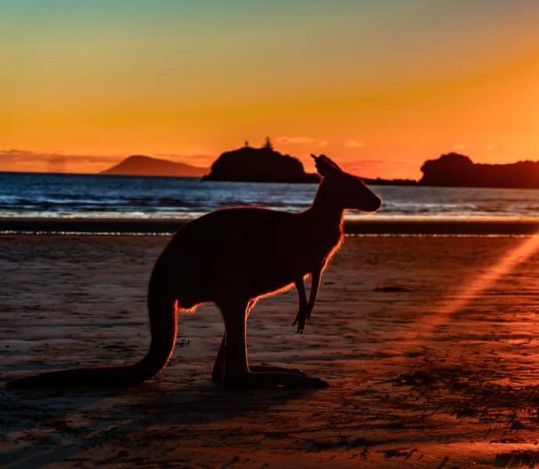
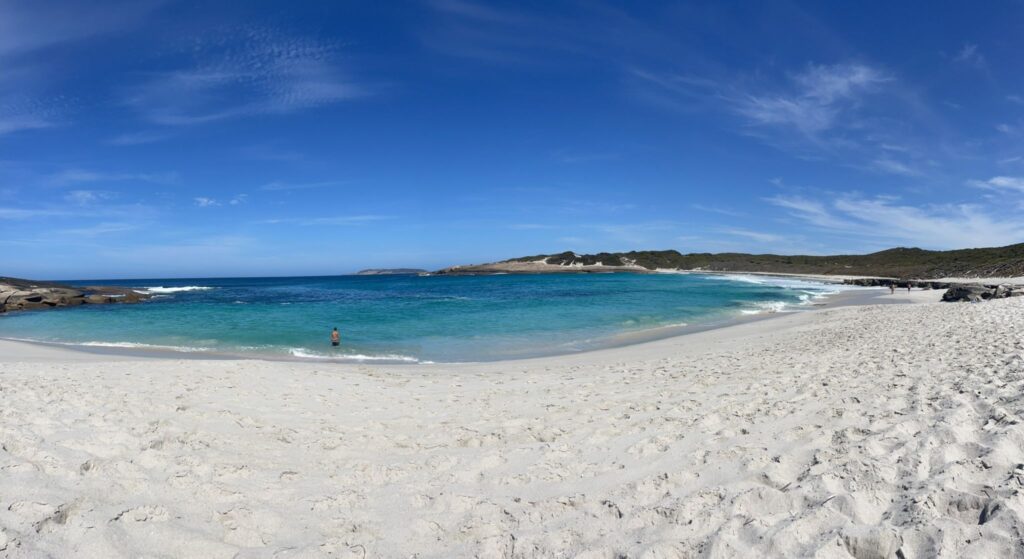
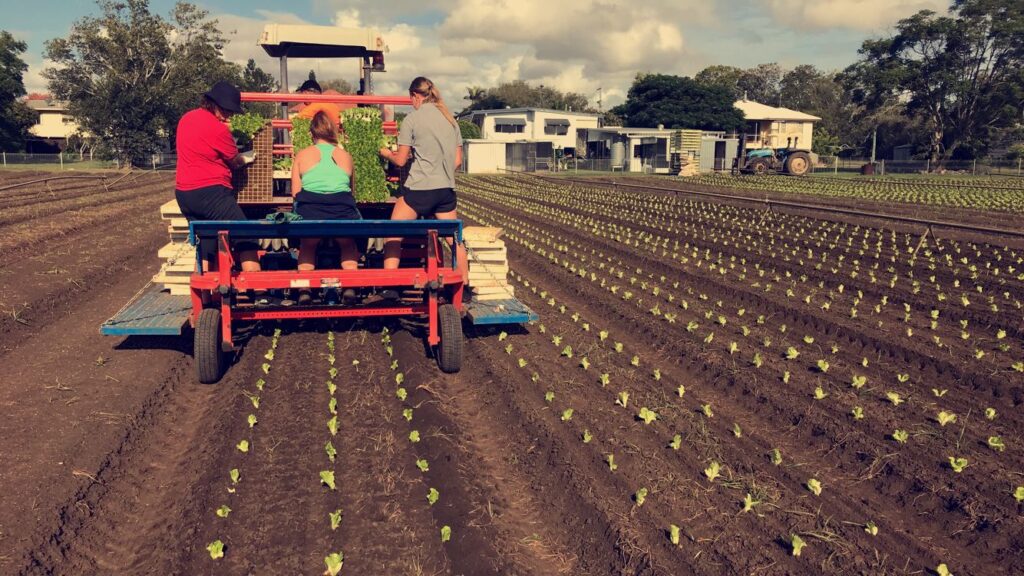
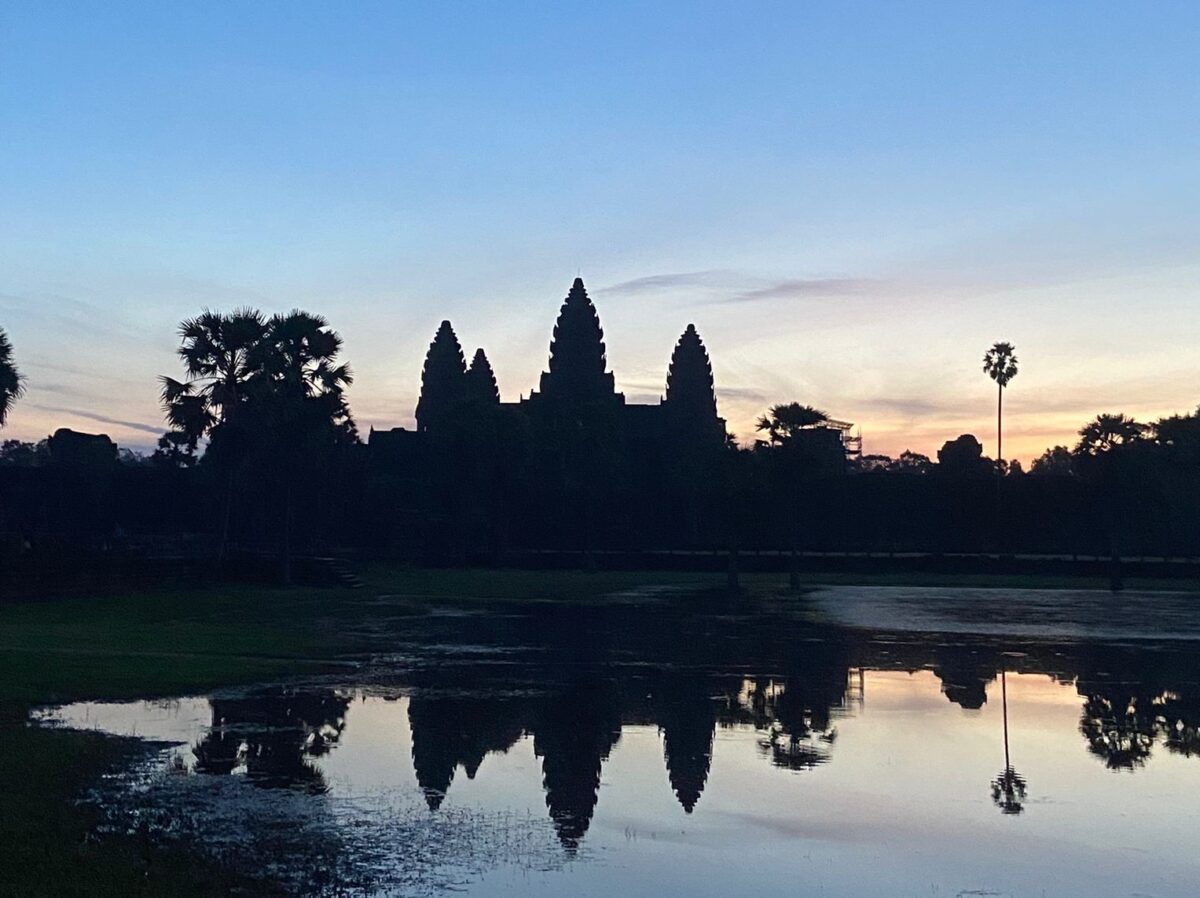
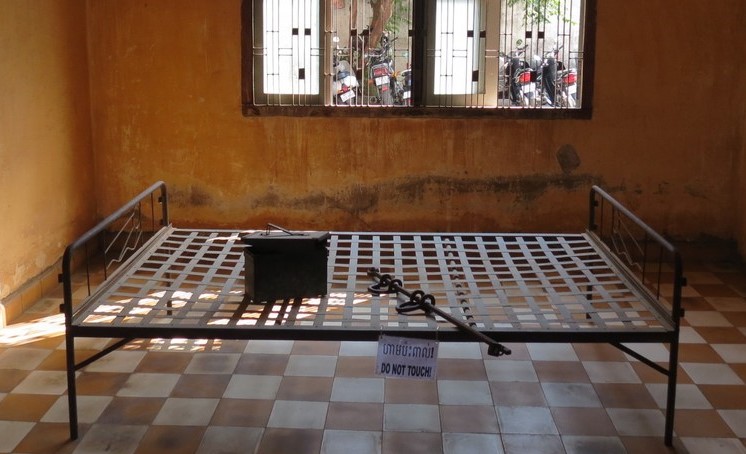


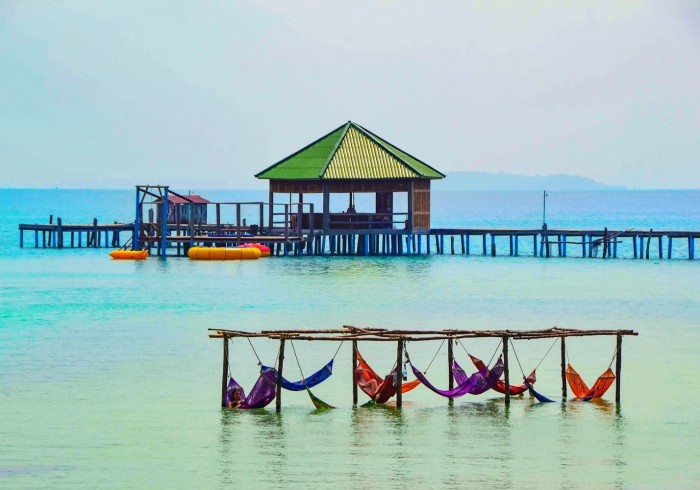
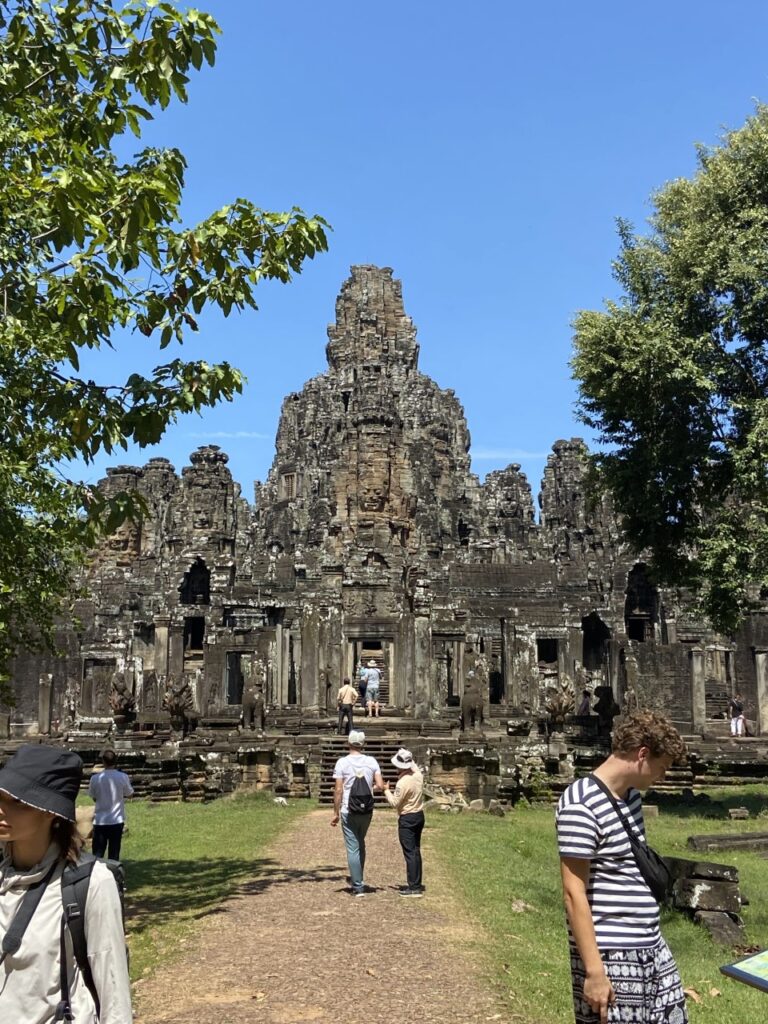
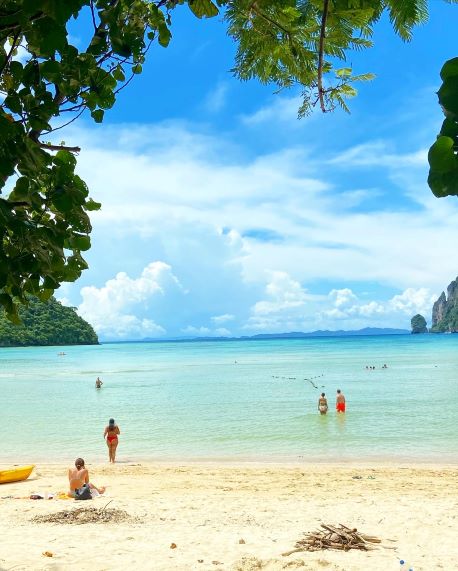

.jpg)
